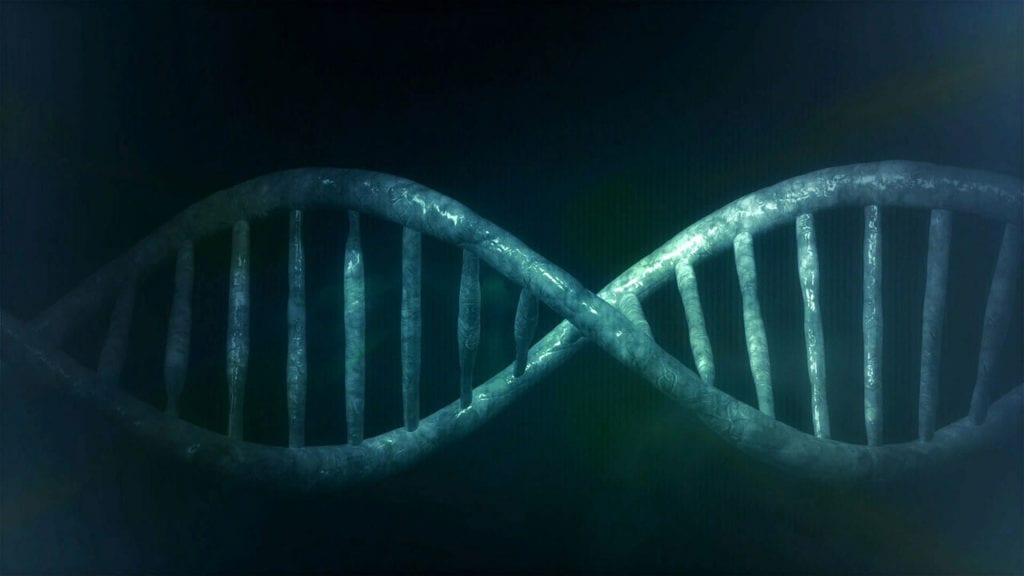Beam Therapeutics (Beam) has developed a technique called base editing. The treatment is called BEAM 201. The first patient has been dosed according to a recent statement by the company via Biopharma Dive.
The study participants have an aggressive type of cancer of the blood called T-cell acute lymphoblastic leukemia/T-cell lymphoblastic lymphoma, or T-ALL/T-LL. Approximately 100 patients will eventually be enrolled.
BEAM 201 is the first base editing treatment to enter a clinical trial in the United States. This will also be a first for patients to receive multiplex editing whereby several genes will be edited rather than a single gene.
In this initial editing, the elimination of the following genes will occur, TRAC, CD52, CD7, and PDCD1. Beam anticipates that this approach will result in a more durable and powerful treatment. Beam’s statement also mentioned that BEAM 201 has the potential to avoid many cell therapy issues such as modified cells killing each other or becoming weaker.
Simultaneous edits were also mentioned as being more readily accessible than CAR-T treatments. However, simultaneous edits have not yet proven that they are more effective in killing cancerous cells.
CEO John Evans issued a statement indicating that Beam believes CAR-T’s therapeutic potential can only be achieved by way of increased levels of cellular engineering. This could be accomplished by multiple genetic simultaneous edits.
Beam has had to make heroic efforts in order to stay current during the FDA’s base editing examination. Beam is lagging behind Vertex Pharmaceuticals and Bluebird Bio’s gene-based medicine to treat Sickle cell disorder, both of which could be approved in late 2023.
More Delays
The FDA put BEAM 201 testing on hold for four months in 2022 asking for additional technical information before allowing the company to proceed.
Beam is relying on the progress of BEAM-201 to show the impact of multiplex editing.







